When looking for a seamless pipe, it is critical to think about the proper wall thickness tolerance. This critical measurement is the range between the minimum and maximum thickness of a pipe, and it goes some way to determining the sturdiness and durability of the pipe. Therefore, it is wise to select a pipe with a tolerance that fits the specific demands of its purpose.
Navigating Wall Thickness Tolerance In a Typical Setting
Wall thickness tolerance is an essential factor to consider when constructing seamless pipes, as it conveys the range of deviations in their nominal wall thickness. This variance is contingent upon the type of pipe, its diameter, and length; along with the material used and manner in which it is formed. Generally, tolerance is measured as a share of the pipe’s given wall thickness.
The distinction of pipe wall thickness determines its allowable deviation. Generally, wider walls have a higher threshold for tolerance variation compared to those of thinner structures. Manufacturers typically state the acceptable tolerance range in their product descriptions.
Advantages of Adhering to Wall Thickness Standards
The thickness of a pipe’s wall plays an important role in its potential performance. Having a wall that is too slim could cause the pipe to be unable to handle the desired amount of load, while an overly thick wall can make it too burdensome and costly. Selecting the correct wall thickness tolerance will ensure that it is suitable to carry its intended load, without becoming a financial strain or an impossible weight.
The solidity of the pipe wall plays a role in its resistance to corrosion or erosion, with more tightly fitted walls leading to less susceptibility. A thinner wall has a higher potential for erosive damage due to its reduced stature.
Understanding Wall Thickness Tolerance Variations
When describing a seamless pipe, its wall thickness tolerance is mostly indicated as a portion of the nominal wall thickness. The most common variances include:
• Within 5% Range: What this tolerance means is that the wall thickness of the pipe may fall somewhere between 5% less than its expected thickness and 5% more, with the nominal wall thickness at its center.
• With an allowance of approximately 10% difference: The thickness of the pipe wall can lie anywhere between 90% of the stated thickness and 110% above that measure.
There is a fifteen percent allowance regarding the wall thickness of the pipe, allowing it to differ from the nominal wall thickness by up to plus or minus fifteen percent.
When it comes to selecting seamless pipes, wall thickness tolerance is one of the most essential factors. This rather refers to the difference between the thickest and thinnest points of a tube. By having an apt tolerance, it guarantees that the pipe is robust enough to handle the load while simultaneously not getting unnecessarily expensive or cumbersome. The appropriate range is generally indicated in the maker’s specs and regularly expressed as a percent of the regular wall thickness. The widely accepted standards for wall thickness tolerance are plus/minus 5%, 10% and 15%.
It is undeniable that wall thickness tolerance for seamless pipes plays a paramount role in a variety of industrial and commercial settings. Decidedly, this metric of measurement serves as a determinant manifestation in the manufacturing process of a plethora of environmentally responsible products, as it can evaluate the performance, trustworthiness, and wellbeing they present. To comprehend the importance of this component, one must understand the significant regulatory organizations that dictate the acceptable parameters; ASTM, ANSI, and API are just a few of the entities that set standards for wall thickness measurement among seamless pipes. Consequently, it is essential to gain an understanding of the importance of this tolerance, along with the tools used to measure it and the permissible standards adhered to.
Unravelling the Mystery of Wall Thickness Tolerance.
To assess the quality of seamless pipes, a tolerance for the wall thickness is set. This allows for some variances from the nominal wall thickness outlined in the applicable standards to be allowable. This tolerance can be represented as a percentage of the nominal wall thickness and it is stipulated within the applicable standards. The deviation from the specified wall thickness being referred to here is what we refer to as the wall thickness tolerance.
The Significance of Accurate Wall Thickness Tolerance Specifications
Maintaining the prescribed wall thickness tolerance is essential to guarantee the integrity of a pipe. It confirms that it is sufficiently durable and reliable, plus that it meets the required standards for strength. Wall thickness standards are also needed to ensure safety, as it only takes a pip that is too thin to cause substantial leaks resulting in potentially disastrous outcomes. Lastly, the specified wall thickness tolerance will help guarantee that the anticipated pressures and temperatures it may be subject to during use will not harm the pipe.
Estimating Wall Thickness Precision
Piping wall thickness variation can be accurately gauged through several different tactics. The use of a caliper is the most frequent practice, due to its simple nature and practical precision. However, there are additional approaches one can take to determine the desired tolerances, such as an ultrasonic thickness gauge, pressurization testing, or a radiographic inspection.
Adherence to Wall Thickness Specifications
Seamless pipes adhere to a specific wall thickness tolerance, according to the applicable standards set by three major industry organizations. The American Society of Testing and Materials (ASTM) has outlined a tolerance of up to 12.5%, with a maximum variance of 0.6mm, in the A53 standard. Similarly, the American National Standards Institute (ANSI) has an allowance of no more than 10% and a difference of 0.5mm in the B36.10 standard. And lastly, the American Petroleum Institute (API) has set their 5L standard with a tolerance of 10%, and a variance of 0.5mm.
The wall thickness of seamless pipes can vary slightly but must stay within the tolerance defined in applicable standards, such as ASTM, ANSI, and API. Adhering to these limits ensures that the pipe is reliable and safe. Several methods are used to measure wall thickness tolerance including a caliper, an ultrasonic thickness gauge, a pressure test, or a radiographic inspection. Keeping tolerance parameters in check allows manufacturers to guarantee their pipes meet the specified standard and delivers the expected performance.
Post time: 2023-08-26
Related Product
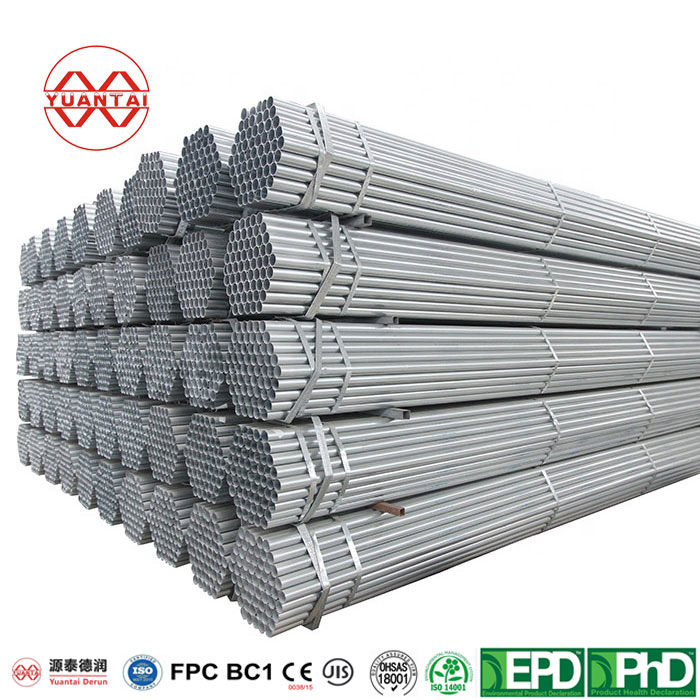
UL797 American Standard Certified EMT Threading Pipe EMT Pipe
OD(outer diameter): 22mm-112mm Thickness: 0.75- 3 mm Place of Origin: Tianjin, China Application: Structural type or fluid transportation Certification:CE,LEED,BV,PHD&EPD,DNV,B […]
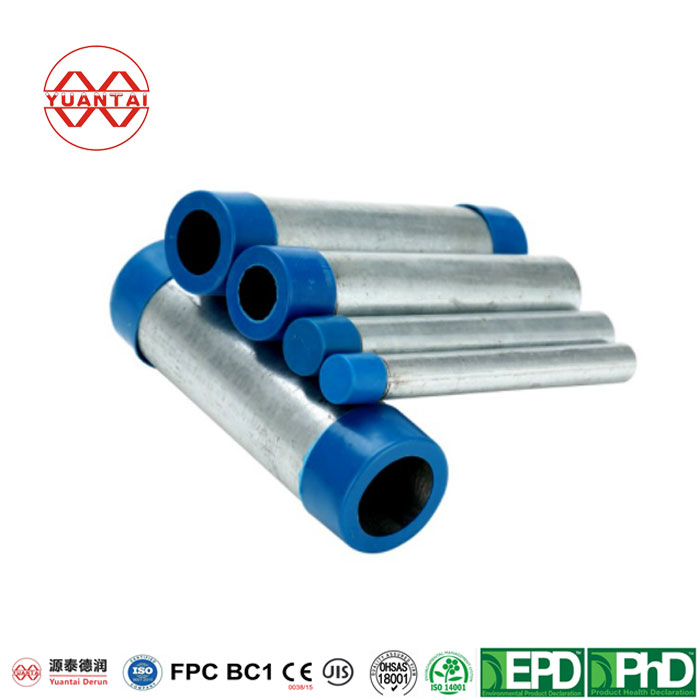
Hot Dip Galvanized Round Steel Pipe
Yuantai Derun Steel Pipe Manufacturing Group produces hot-dip galvanized round steel pipes, which are sold directly by manufacturers, support customization, and have guaranteed qua […]
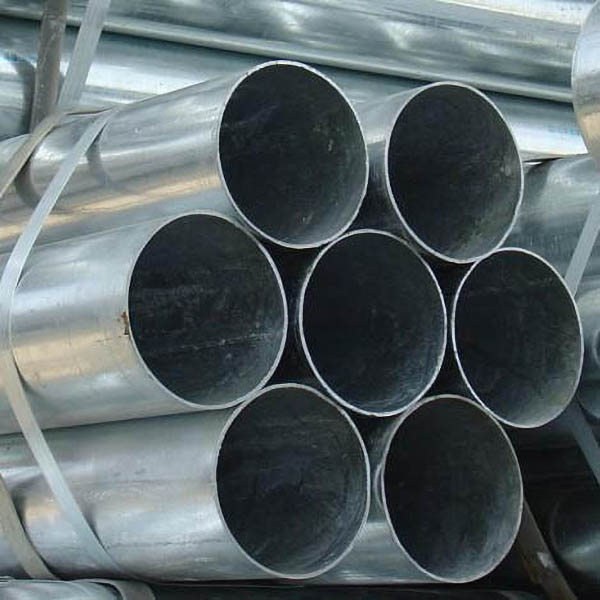
GI Circular Steel Pipe
Galvanized round steel pipe Generally, there are two major categories: pre galvanized round steel pipes and hot-dip galvanized round steel pipes. Hot dip galvanized pipe is to make […]
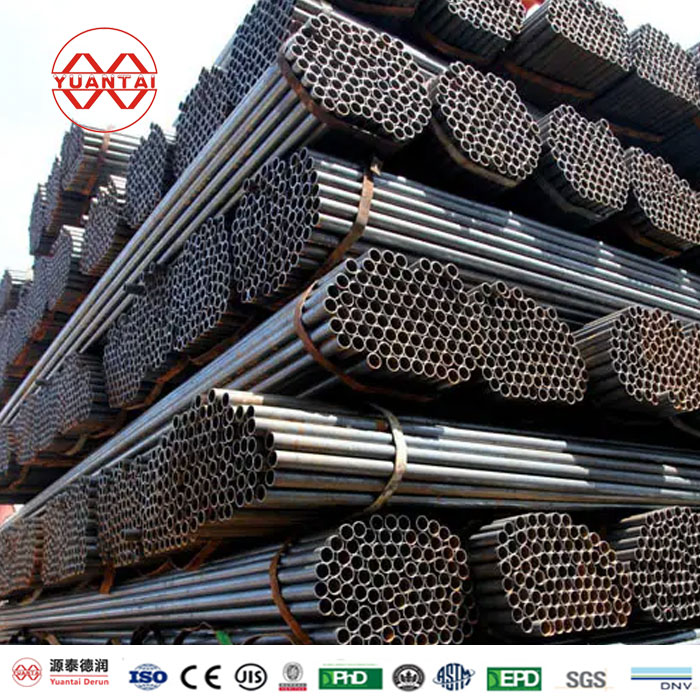
Scaffold Steel Pipe
Introduction to scaffold steel pipe Scaffold steel pipes are generally called scaffold pipes, which is a special term used by people in building or construction. Scaffold steel pip […]
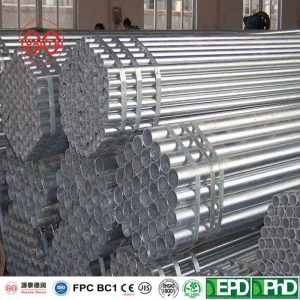
Pre Galvanized Round Steel Pipe
The round pipe with galvanized strip is made of galvanized strip steel, which is generally 0.6MM-2MM. It is processed and formed at one time, with the specification of 15 * 15-100 […]
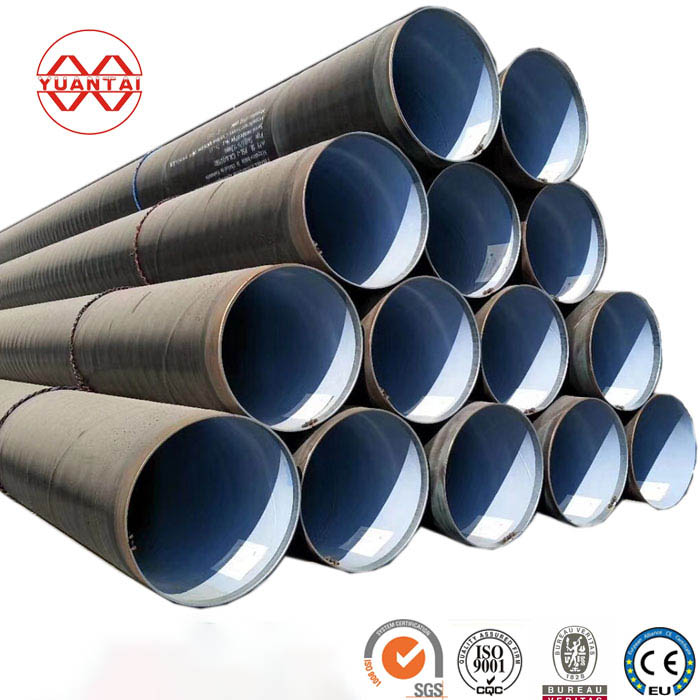
Spiral Welded Steel Pipe
Spiral welded steel pipe introduction Spiral welded steel pipe refers to the steel pipe with joints on the surface, which is welded after the steel strip or steel plate is bent and […]
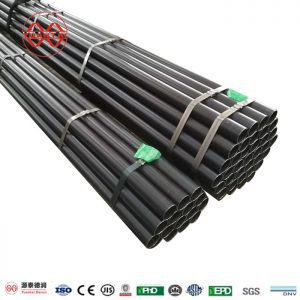
Round Welded Pipe
Since the 1930s, with the rapid development of continuous rolling production of high quality strip steel and the progress of welding and inspection technology, the quality of weld […]
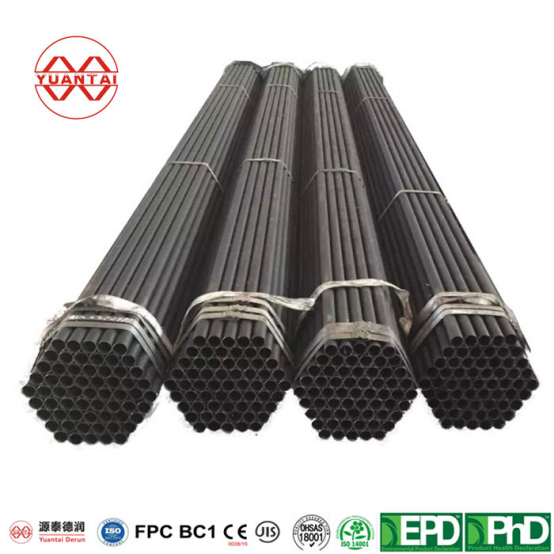
ERW Round Steel Pipe
Standard:Hollow section:ASTM A500/501,EN10219/10210, JIS G3466,GB/T6728/T3094/3091,CSA G40.20/G40.21 Section Shape: round OD(outer meter): 10.3mm-609mm Application: Structural type […]
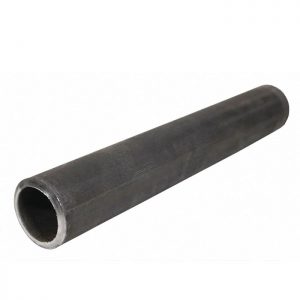
Round Seamless Steel Pipe
Seamless steel pipe is a steel pipe formed by piercing the whole round steel, and there is no weld on the surface, which is called seamless steel pipe. According to the production […]